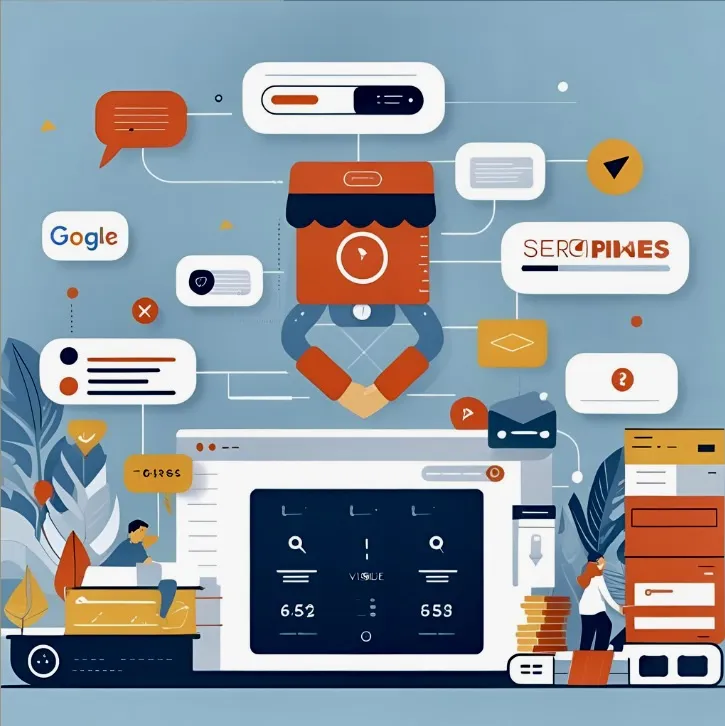In an age where consumer attention is the most coveted currency, marketers are turning to immersive technologies like Augmented Reality (AR), Virtual Reality (VR), and the Metaverse to create unforgettable brand experiences. These tools are no longer futuristic novelties—they're transforming the way brands interact with audiences, offering multi-sensory, deeply engaging encounters that drive both emotional connection and conversion.
Let’s explore how virtual showrooms, AR ads, metaverse branding, and interactive 3D web experiences are reshaping modern marketing.
1. Virtual Showrooms: Retail Without Walls
Imagine walking through a beautifully designed showroom, interacting with products, and customizing features—all without leaving your home. That’s the power of VR-powered virtual showrooms.
Why it works:
Immersive storytelling: Brands like IKEA and Tesla have leveraged virtual showrooms to let customers explore products in lifelike environments.
Enhanced product understanding: Shoppers can zoom in, rotate, or even “test” products virtually.
No geographic limits: Global audiences can experience your brand without travel or shipping logistics.
Example: Nike’s NIKELAND in Roblox offers a digital showroom that also gamifies the shopping experience, increasing dwell time and brand affinity.
2. Augmented Reality Ads: From Passive to Participatory
AR ads invite consumers to engage with marketing content in the real world through their mobile devices. Whether it’s trying on makeup virtually or placing furniture in your living room via an app, AR makes ads personal, interactive, and fun.
Benefits:
Higher engagement rates than static or video ads.
Enhanced product confidence (try before you buy).
Sharable experiences that boost organic reach.
Example: L’Oréal’s AR try-on technology lets users test lipstick shades in real time via Instagram or their mobile site, significantly reducing return rates.
3. Metaverse Branding: Beyond the Browser
The Metaverse—a collective virtual shared space—offers brands a new frontier for building identity and culture. In this realm, brands don’t just advertise; they exist.
Tactics include:
Branded virtual wearables and NFTs.
Sponsoring virtual events or hosting pop-up experiences in spaces like Decentraland or Horizon Worlds.
Creating brand “worlds” with games, avatars, and immersive storytelling.
Example: Gucci Garden in Roblox recreated the brand’s aesthetic in an interactive experience that allowed users to collect limited-edition digital items, merging fashion with virtual play.
4. Interactive 3D Web Experiences: Immersion Without Headsets
Not every brand needs a VR headset or a Metaverse presence to be immersive. With advancements in WebGL, Three.js, and 3D rendering, websites themselves can become engaging playgrounds.

Key uses:
360° product views with animation
Gamified experiences embedded in landing pages
Interactive storytelling that pulls users through a brand narrative
Example: The BMW iX configurator lets users customize and explore their car in high-fidelity 3D directly in the browser, offering a sense of ownership and personalization before any purchase.
Why Immersive Marketing Works
Immersive experiences do more than just look impressive—they:
Drive emotional connection through sensory engagement
Increase time-on-page and interactions
Create memorable touchpoints that differentiate brands
Empower consumers with greater product understanding and agency
Getting Started: How Brands Can Enter the Immersive Space
Start small with AR filters for Instagram or Snapchat.
Use 3D models on product pages to boost conversion.
Partner with Metaverse platforms for event sponsorships or digital product launches.
Explore VR for training, internal engagement, or premium shopping.
Final Thoughts
The future of marketing is not flat—it's dimensional, participatory, and deeply engaging. As AR, VR, and the Metaverse continue to evolve, they offer unparalleled opportunities to connect with customers on a more personal and impactful level.
In the battle for attention, the brands that immerse will be the ones that win.

Comments